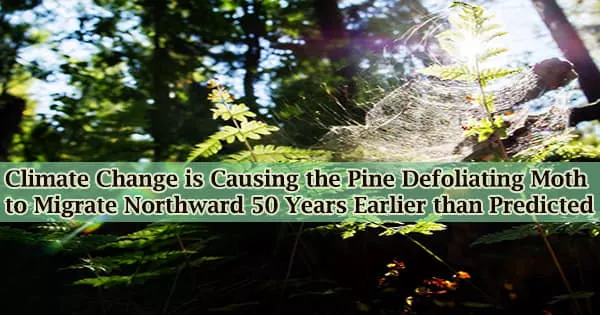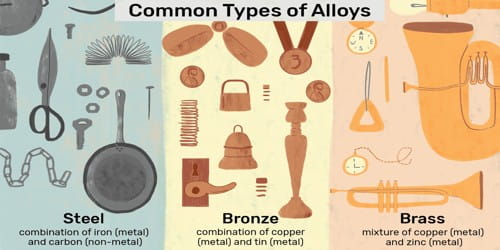Individuals’ well-being is dependent on meaningful social relationships, which are dependent on people’s behavior toward one another. Individuals (or groups) engage in social interaction when they adjust their behaviors and reactions in response to the activities of their interaction partner (s). It can be classified as one of four types: unintentional, repetitive, regular, and controlled.
Researchers at Massachusetts General Hospital (MGH) have identified the neurons in the brain that allow a monkey to process and recall the interactions and behaviors of another monkey in order to impact the animal’s own activities, according to a study published in Science. The findings might be utilized to build treatment plans for persons suffering from neuropsychiatric disorders.
Three Rhesus monkeys sat around a circular table in the experiment, taking turns offering an apple slice to one of the other two animals. At the same time, the researchers monitored the activity of individual neurons in the dorsomedial prefrontal cortex (dmPFC), a brain region known to play a role in social cognition.
In neuropsychiatric conditions in which this ability is compromised, treatments aimed at improving the functioning of this brain area, either directly or indirectly, might improve people’s lives.
Ziv Williams, MD.
The monkeys returned previous offerings of an apple slice and retaliated when they did not get one from another throughout these exchanges. Different neurons in the dmPFC responded to the activities of other monkeys in the group, according to the recordings.
Specific neurons were stimulated in response to a specific action and result of a specific member within the group (such as a neighbor monkey offering an apple slice leads to the outcome of receiving the reward). Many of the neurons stored information not just about a person’s actions and results, but also about their previous conduct.
This knowledge about previous interactions with group members affected an animal’s future decisions to reciprocate or retaliate, and researchers were able to predict which monkey would get an apple slice from a certain monkey even before it was provided.
“This finding suggested that the dmPFC plays a role in strategic decisions. To test this idea, we disrupted the normal activity in this area and found that the animals were less likely to reciprocate,” says lead author Raymundo Báez-Mendoza, PhD, an investigator in the Department of Neurosurgery at MGH.
The findings show that the dmPFC plays a crucial role in mapping out our own and others’ actions and outcomes. Social interaction is an exchange of information between two or more people. Because these interactions represent the foundation of social organization, they are an important subject of fundamental social inquiry and study.
“In neuropsychiatric conditions in which this ability is compromised, treatments aimed at improving the functioning of this brain area, either directly or indirectly, might improve people’s lives,” says senior author Ziv Williams, MD.
Co-authors include Emma P. Mastrobattista, and Amy J. Wang, MD. The National Institutes of Health, the Brain & Behavior Research Foundation, the MGH Fund for Medical Discovery, and the Howard Hughes Medical Institute all contributed to the study’s success.
















